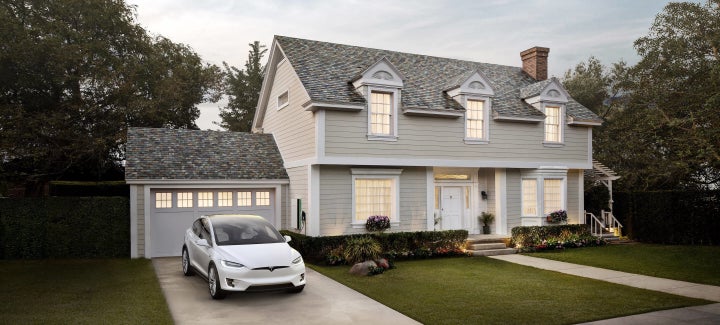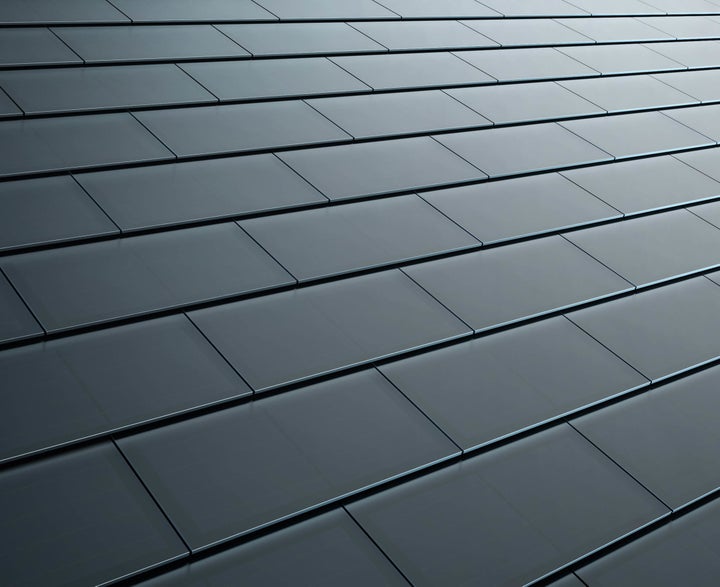When Elon Musk isn’t tunnelling holes under Los Angeles, or preparing to colonise Mars he’s also revolutionising how we use solar power.
Tesla’s Solar Roof looked incredible at launch: Specially designed roof tiles that are installed just like any other roof but also happen to be solar panels.

While it looked amazing, many predicted that much like Tesla’s cars, this new technology would come at a considerable premium.
Well it turns out that not only is Tesla’s Solar Roof cheaper than most people expected, it’s actually cheaper than getting a normal roof fitted.
You see, while the tiles themselves are more expensive than traditional tiles, Tesla’s costs include removal of your old roof, fitting of the new one, a PowerWall battery for storage and an infinite warranty on the tiles themselves.
Incredibly, despite offering all of that it looks as though Tesla’s system is going to cost around $42 per square foot.
That’s considerably less than many expected, and a good $10 per square foot less than the cost of a traditional roof with solar panel installation over the top of them.

The tiles themselves are pretty remarkable. Using specially designed tempered glass tiles Tesla have developed a way to camouflage the solar tiles so that they’re hidden among non-solar tiles.
Tesla claims that its tiles are three times stronger than conventional roof tiles, and to prove its point Tesla fired a cannonball made of ice at all three and recorded what happened.
So how much electricity can it produce? Well of course it massively depends on your location, your local climate and the position of the house.
Tesla estimates however that a roof costing $50,000 will make back around $65,000 in savings over a period of 30 years.
This is a very very rough estimate though so if you’re curious there’s a calculator on Tesla’s site that can help potential customers find out.
Ok so now it’s time for the bad news. Those of us in the UK are going to have to be a little patient. Tesla’s Solar Roof is initially launching in California, and then it will be slowly rolled out across various part of the US.
Global availability (including the UK) will start rolling out in 2018.
